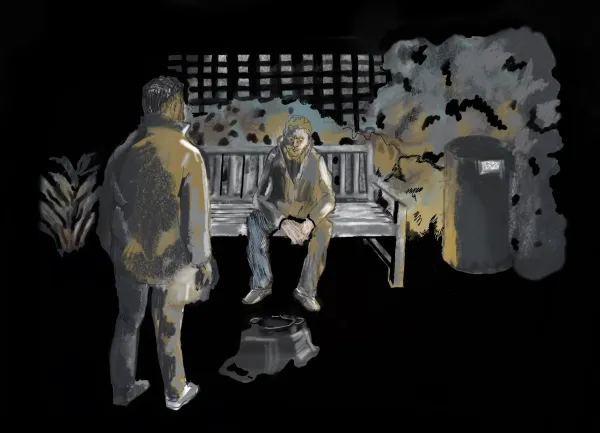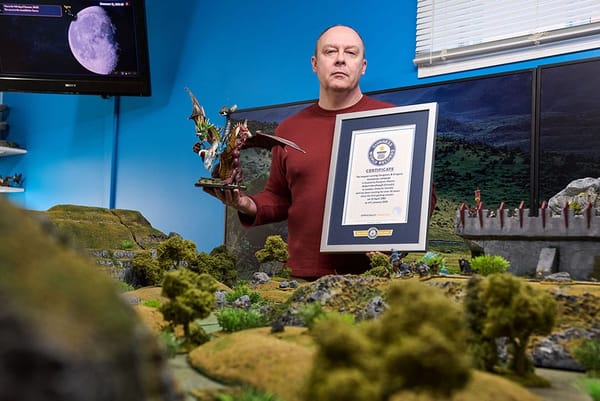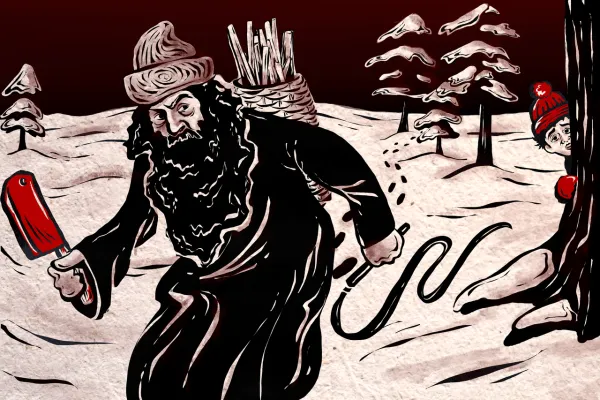Dancing with the devil: Inside the 7M TikTok dance cult

From The Cut: "For 40 excruciating minutes, Melanie Wilking, a trained dancer-slash-influencer with more than 3 million TikTok followers, sat in front of a camera, flanked by her weeping parents. It was a dramatic departure from her usual smiling choreographed videos, which for years she’d performed with her older sister, Miranda. Now Melanie claimed that Miranda had been pulled into what she described as a “cult.” “Miranda is a part of a religious group and she’s not allowed to speak to us,” she said, wiping tears from her eyes. Her sister and the other group members are “not in control of their lives,” she continued. “Someone else is controlling their lives, and they’re all victims of this." Both Miranda and Melanie had moved to Los Angeles to dance a few years ago, but their paths began to diverge last year when Miranda was signed to 7M Films, a talent-management agency founded by a doctor-turned-preacher with a roster of a dozen young dancers making stylish, high-production dance videos."
Why did baggage handler Beebo Russell steal a plane from the Seattle-Tacoma airport?

From Rolling Stone: "The stolen airplane began rolling forward under its own power, with no one in the cockpit. The twin engines of the Horizon Air Bombardier Dash 8 Q400 aircraft had been set to idle. But without anyone riding the brakes, the 13-foot propellers began pushing the plane slowly toward the runways of Seattle-Tacoma International Airport. The thief, Richard “Beebo” Russell, had just disconnected the tow bar of a tug vehicle he’d used to pivot the plane out of its parking spot. In a frantic, seven-second dash, the husky 28-year-old abandoned the truck and sprinted to the lowered passenger-entry door. He scrambled into the fuselage and hoisted up the hatch before flinging himself into the captain’s seat. This account pieces together public air-traffic-control recordings; disclosures from the FBI; testimony before the Washington State Legislature; and an unpublished after-incident report commissioned by the Port of Seattle."
He was an Anglican priest, British MP, German spy and self-proclaimed Dalai Lama
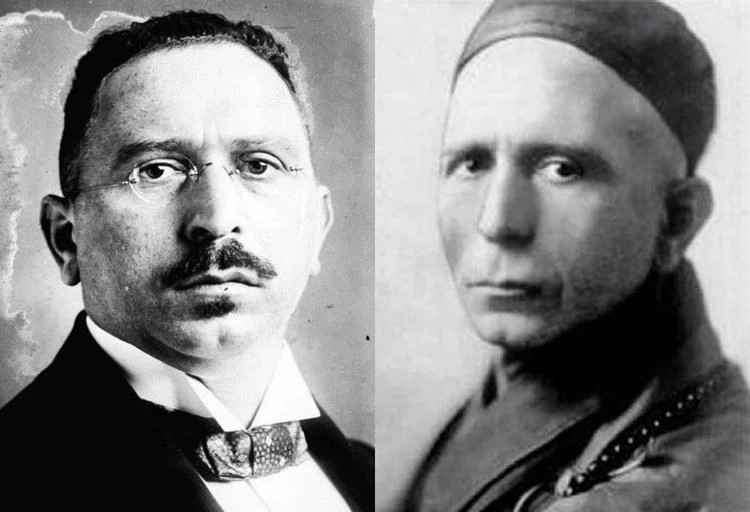
From Wikipedia: "Ignácz Trebitsch was born to an Orthodox Jewish family in Hungary in 1879. After leaving school he enrolled in the Royal Hungarian Academy of Dramatic Art, but was frequently in trouble with the police. In 1897 he ended up in London, where he took up with some Christian missionaries and converted from Judaism. In the years leading up to the First World War, he offered his services to the British government as a spy. When he was rejected he went to the Netherlands and made contact with the Germans, who employed him as a double agent. Later, he ended up in China, where he took up employment under three different warlords; after a mystic experience in the late 1920s, Trebitsch converted to Buddhism, becoming a monk. In 1931, he rose to the rank of abbot, and proclaimed himself the new Dalai Lama."
(Editor's note: If you like this newsletter, please share it with someone else. And if you really like it, perhaps you could subscribe, or contribute something via my Patreon. Thanks for being a reader!)
Some scientists believe the cells in our bodies are part of an intelligent bioelectric network

From Bits of Wonder: "We usually think of neurons as the only cells in our body that produce intelligent behavior by communicating in large networks. Neurons are constantly communicating with each other in the form of electrical patterns on their membrane and neurotransmitters, which are chemicals that transfer messages between cells. But it turns out that cells throughout the body have the exact same building blocks for such communication. Levin and company call this the bioelectric network, as distinguished from a neural network. In the past few decades we’ve discovered all the ways in which bioelectric networks distributed through the body do the same kinds of things that brains do. Levin’s lab and others have already demonstrated an astonishing level of control over development by modulating bioelectric networks. They’ve done things like getting frogs to develop extra limbs, and getting them to develop an eye in their gut, or an eye in their tail that they can actually see out of."
Frank Lloyd Wright hated commercialism but still tried to market his own line of wallpaper

From JSTOR Daily: "In the 1950s, after creating some of the most visionary architecture of the twentieth century, Frank Lloyd Wright went where he had never gone before: commercial homewares. Every building he’d designed, from houses to hotels, was tailor-made to its environment, from the structure to the materials. But these new lines of wallpapers, textiles, and other wares would be a major shift in a practice that had long avoided mass production. The creation of what would be known as the Taliesin Line was not a smooth process. The first meeting between Carrillo and Wright was caustic, starting with Wright proclaiming his dislike of interior decorators, calling them “inferior desecrators.” the architect admitted that he was a terrible furniture designer and that he had become black and blue from sitting in his own furniture."
Virtual romance is nothing new: The telegraph played a role in more than one affair
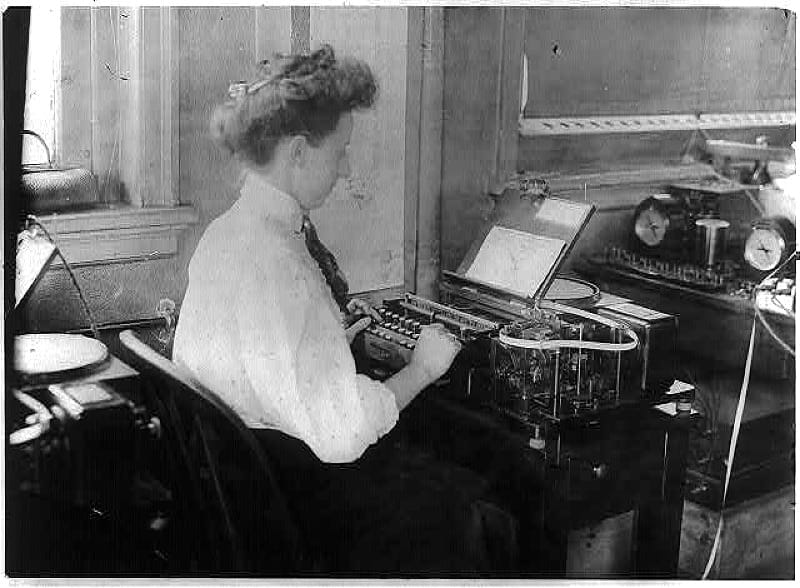
From Slate: "The spread of telegraph lines during the mid-19th century allowed people to have a synchronous conversation from thousands of miles apart. They might already know each other and enjoy this quicker form of communication, or they might be total strangers. It was the latter possibility that took hold of the public imagination. Telegraph operators were often women, and this novel form of communication raised the specter of what we now call catfishing: luring someone into a relationship by misrepresenting oneself. A headline from the Feb. 13, 1886, issue of Electrical World warns of “The Dangers of Wired Love.” Maggie McCutcheon, a young Brooklyn telegrapher, was flirting with Frank Frisbie, but her father discovered that Frisbie was married with a family in Pennsylvania. The article details the father’s attempts to keep McCutcheon away from the wires that allowed her to communicate with Frisbie."
A timelapse video of a giant solar flare erupting
Incredible timelapse of an active region on the Sun captured with a 152mm H-alpha solar telescope.
— Wonder of Science (@wonderofscience) June 11, 2024
📽: simon2940/ig pic.twitter.com/Vzy6ucvVZo
Acknowledgements: I find a lot of these links myself, but I also get some from other newsletters that I rely on as "serendipity engines," such as The Morning News from Rosecrans Baldwin and Andrew Womack, Jodi Ettenberg's Curious About Everything, Dan Lewis's Now I Know, Robert Cottrell and Caroline Crampton's The Browser, Clive Thompson's Linkfest, Noah Brier and Colin Nagy's Why Is This Interesting, Maria Popova's The Marginalian, Sheehan Quirke AKA The Cultural Tutor, the Smithsonian magazine, and JSTOR Daily. If you come across something interesting that you think should be included here, please feel free to email me at mathew @ mathewingram dot com
